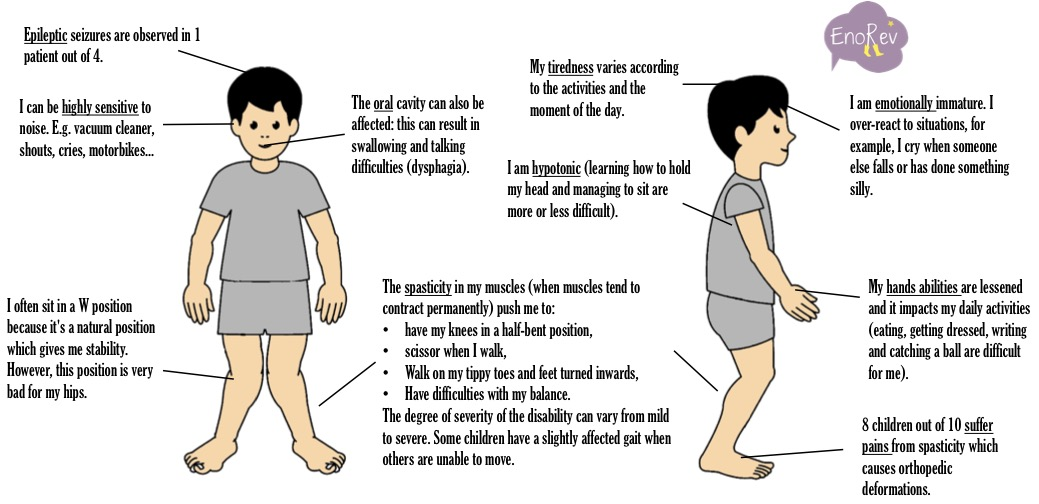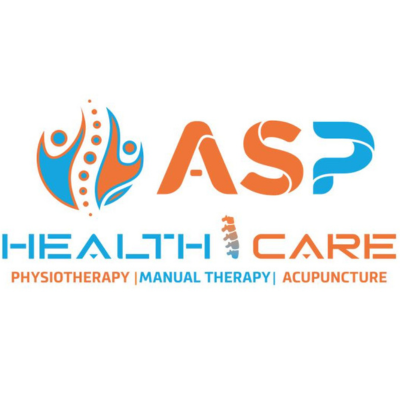+918042757363

This is your website preview.
Currently it only shows your basic business info. Start adding relevant business details such as description, images and products or services to gain your customers attention by using Boost 360 android app / iOS App / web portal.
What is cerebral palsy? Cerebral palsy is a gro...

What is cerebral palsy? Cerebral palsy is a group of conditions that affect movement and posture. It's caused by damage that occurs to the developing brain, most often before birth. Symptoms appear during infancy or preschool years and vary from very mild to serious. Children with cerebral palsy may have exaggerated reflexes. The arms, legs and trunk may appear floppy. Or they may have stiff muscles, known as spasticity. Symptoms also can include irregular posture, movements that can't be controlled, a walk that's not steady or some combination of these. Cerebral palsy may make it hard to swallow. It also can cause eye muscle imbalance, in which the eyes don't focus on the same object. People with the condition might have reduced range of motion in their joints due to muscle stiffness. The cause of cerebral palsy and its effect on function vary from person to person. Some people with cerebral palsy can walk while others need assistance. Some people have intellectual disabilities, but others do not. Epilepsy, blindness or deafness also might affect some people with cerebral palsy. There is no cure, but treatments can help improve function. The symptoms of cerebral palsy may vary during the child's development, but the condition doesn't get worse. The condition generally stays the same over time. Causes Cerebral palsy is caused by irregular brain development or damage to the developing brain. This usually happens before a child is born, but it can occur at birth or in early infancy. Often the cause isn't known. Many factors can lead to changes in brain development. Some include: Gene changes that result in genetic conditions or differences in brain development. Maternal infections that affect an unborn baby. Stroke, which interrupts blood supply to the developing brain. Bleeding into the brain in the womb or as a newborn. Infant infections that cause swelling in or around the brain. Traumatic head injury to an infant, such as from a motor vehicle accident, fall or physical trauma. Lack of oxygen to the brain related to a hard labor or delivery, although this cause is less common than previously thought. Treatment Children and adults with cerebral palsy may require lifelong care with a health care team. Your child's health care professional and a physical medicine and rehabilitation specialist may oversee your child's care. Your child also may see a pediatric neurologist, therapists and mental health specialists. These experts give special attention to needs and issues that are more common in people with cerebral palsy. They work together with your child's health care professional. Together you can develop a treatment plan. There is no cure for cerebral palsy. However, there are many treatment options that may help improve your child's daily functioning. Selecting care depends on your child's specific symptoms and needs, which may change over time. Early intervention can improve outcomes. Treatment options can include medicines, therapies, surgical procedures and other treatments as needed. We physiotherapy in ASP Healthcare provide best treatment and rehab for this condition. #www.asphealthcare.in #handpain #wristpain #rehabcentre #bestphysio #bestchiropractic #bestacupuncture #osteopathic #ambattur #avadi #thirumullaivoyal #mugppair #annanagar #kallikuppam #9941424372 #8072603014

